Our brains control everything we do, think and say, which flows on to how we perform and how we feel, so the fact that one in five of us will have some level of impairment throughout our lives is daunting, not to mention the unlikely threat from the rarest brain diseases.
According to the National Institute of Neurological Disorders and Stroke, damage to the brain and the neurological system can wreak havoc on our fragile bodies. Whether this damage is caused by disease, injury or infection, there are over 600 types of neurological disorders and the rarest conditions can be terribly debilitating (or worse). Read on to learn more about the ten rarest brain diseases from around the world, and be thankful for every day that you wake up without them.
10. Pick’s Disease
Who discovered it?: Arnold Pick
What year was it discovered? : 1892
Awareness: The Association for Frontotemporal Degeneration – awareness week between Sept. 23 – Sept. 30
Treatment/Cure: No known cures or treatments apart from symptomatic therapy

Also called Frontotemporal Dementia, Pick’s disease is a rare type of dementia occurring in older adults, affecting the frontal lobe areas of the brain, which causes issues such as behavioral and speech problems, eventually leading to death. Unlike Alzheimer’s, memory loss is not associated with Pick’s disease, however, there have been cases where the patient has difficulty recalling names and/or words as well as paranoia, delusions and lack of empathy.
9. Microcephaly
Who discovered it?: An international team of researchers
What year was it discovered? : 2002
Awareness: September 30th is Microcephaly Awareness Day
Treatment/Cure: Therapy can be helpful but there is no known treatment or cure

Caused by the under-development of the brain, this condition occurs at birth or in the first few years of life, resulting in a smaller head size and abnormal facial features. The conditions can include dwarfism, seizures, poor motor functions, impeded speech and impaired intellectual capacity, affecting approximately 1 per 6200 to 8500 births around the world.
A recent report by the CDC indicates that the presence of the Zika virus makes microcephaly 20 times more likely to occur.
8. Rett Syndrome
Who discovered it?: Ruthie Amir
What year was it discovered? : 1999
Awareness: International Rett Syndrome Foundation has an awareness week in October
Treatment/Cure: No known cure, but treatment is symptomatic

An extremely rare neurological disorder, Rett Syndrome usually exclusively affects females and has symptoms that include seizures, crying and screaming fits, repetitive hand movements, lack of speech and mobility as well as other sensory and gastrointestinal problems. Appearing in infancy, this condition is not a degenerative disorder and is often confused with Autism or Cerebral Palsy. Rett Syndrome occurs in approximately 1 in every 10,000 births.
The International Rett Syndrome Foundation has a PSA that they play on TV and Radio and it has received over 300 million impressions, which helps them to connect to more families dealing with Rett, and to raise more awareness.
7. Batten Disease
Who discovered it?: Frederick Batten
What year was it discovered? : 1903
Awareness: The Batten Disease Support and Research Association has an awareness day on June 9th
Treatment/Cure: No known treatment, but enzyme therapy has been shown to slow or halt symptoms
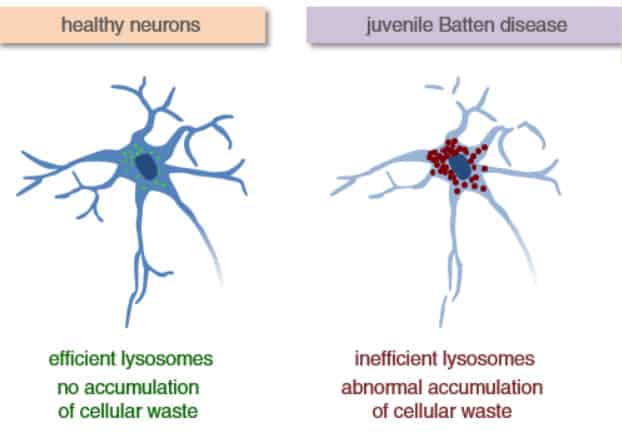
This rare and terminal disease is a juvenile form of a neurodegenerative disorder that begins in childhood, causing issues with vision, learning, motor skills and seizures, along with grinding of the teeth, hyperventilation and decreased fat and muscle mass. Dementia and premature death are the eventual results of Batten Disease, which is caused by genetic mutations that affect the cells’ ability to eliminate waste.
6. Cantu Syndrome
Who discovered it?: Dr. J.M. Cantu
What year was it discovered? : 1982
Awareness: Cantu Syndrome Organization
Treatment/Cure: No known cure but treatment is symptomatic
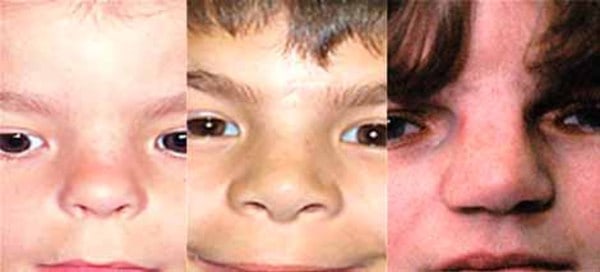
This rare neurological disease is said to be like a spelling mistake in the genes, resulting in mutations, with less than 50 cases of Cantu Syndrome having been described in medical literature. The main symptoms include excessive hair growth and distinctive, exaggerated facial features like thick eyebrows, with some patients exhibiting developmental delays. Cantu Syndrome is usually inherited and can be diagnosed by genetic testing.
5. Bobble-head Doll Syndrome
Who discovered it?: Dr. John W. Benton and Associates
What year was it discovered? : 1966
Awareness: No known organization or awareness day
Treatment/Cure: Removal of the lesion can result in full recovery
Usually occurring in children around the age of 3, Bobble-head Doll Syndrome is just as it sounds. The child will begin bobbing their head and shoulders repetitively, back and forth and/or side to side, usually with 2 – 3 bobs per second. With only 34 known cases since 1966, this disease is very rare and is caused by swelling and cystic lesions in the 3rd ventricle in the brain. Other symptoms include difficulty walking and loss of control of bodily movement.
In the above video, the Doctor mentions that in his decades of experience, this is the first time he’s encountered this disease, highlighting just how rare it really is. A new case was written about as recently as 2018.
4. Kuru
Who discovered it?: Daniel Carleton Gajdusek
What year was it discovered? : 1957
Awareness: No known awareness group
Treatment/Cure: None, other than ceasing to commit cannibalism
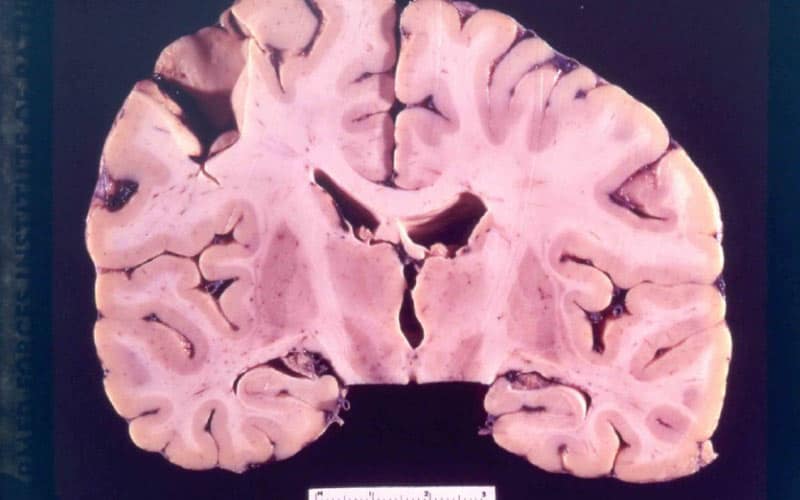
Closely related to mad cow disease, Kuru occurred mostly among a New Guinea tribe who practiced cannibalism, due to their ritual practices that were performed to preserve the spirits of the dead. Resulting from a build-up of abnormal brain tissue caused by a protein called prions, this disease causes irreversible damage that is 100% lethal.
The word Kuru comes from a word meaning “to shake”, because people suffering from this disease will tremor and shake uncontrollably. Even after awareness spread and cannibalism declined, it took decades to see the final Kuru death, which was reported in the late 2000’s. The incubation period can be upwards of 50 years, so all we can do is hope that this disease stays in the past.
3. Creutzfeldt-Jakob Disease
Who discovered it?: Hans Gerhard Creutzfeldt
What year was it discovered? : 1920
Awareness: Creutzfeldt-Jakob Disease Foundation, Inc – November 12th
Treatment/Cure: Supportive and symptomatic therapy can help
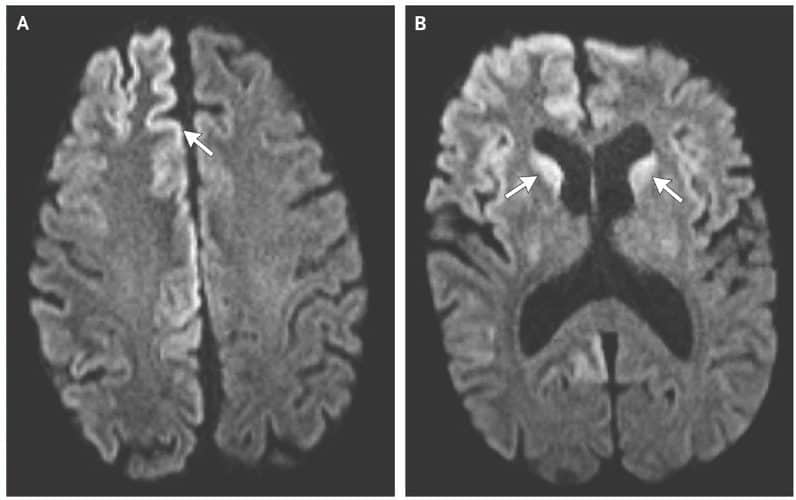
This extremely rare degenerative brain disorder can occur spontaneously and can be either inherited or transmitted by contact with infected tissue. This can be a result from eating contaminated meat or infected tissue via transplant, with symptoms that can include depression, anxiety and memory loss, often ending with a lapse into coma. There is one case per million per year around the world.
A hereditary predisposition to the disease is believed to be the case 10% of the time, however the other 90% of the time, it’s just random and for no apparent reason.
2. Gerstmann–Sträussler–Scheinker Syndrome
Who discovered it?: Josef Gerstmann, Ernst Sträussler and Ilya Scheinker
What year was it discovered? : 1936
Awareness: The CJD Foundation helps raise awareness of Prion diseases
Treatment/Cure: No treatments or cures other than symptomatic
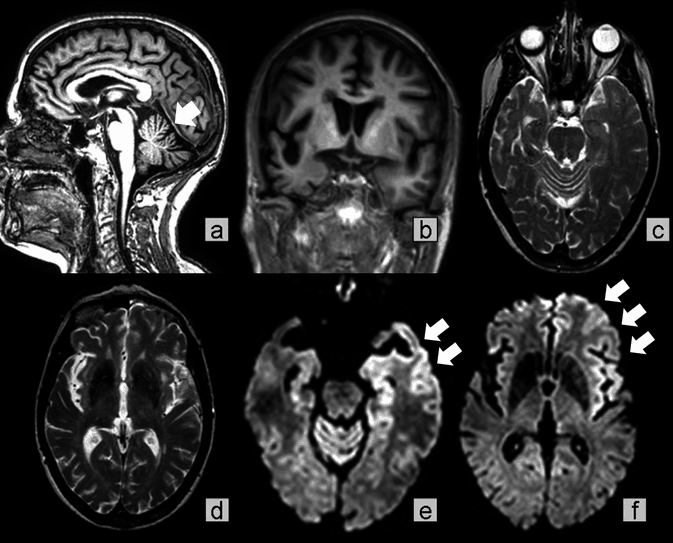
This extremely rare neurodegenerative disease is also called GSS and is exclusively inherited, discovered in only a few families around the world. Usually occurring from ages 20 to 60, Gerstmann–Sträussler–Scheinker Syndrome is a progressive condition that includes symptoms such as memory loss, visual disturbance, problems with speech, clumsiness, blindness, deafness and dementia. If you aren’t a member of one of the families that is known to be vulnerable, you can breathe a sigh of relief, however for members of those families it must feel like a shadow that’s always following them around.
1. RPI Deficiency
Who discovered it?: Dr. Van der Knaap and his colleagues
What year was it discovered? : 1999
Awareness: No known awareness day or organization
Treatment/Cure: No known treatments or cure
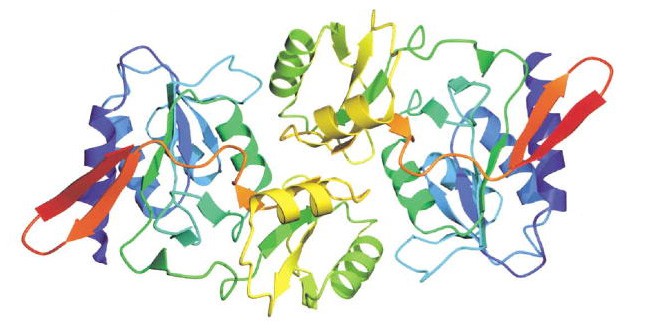
RPI Deficiency is the rarest brain disease in the world, there are only 3 known cases historically, where the patients have what is called diffuse white matter abnormalities. Affecting the deepest and largest parts of the brain, this disease can cause psychomotor regression and progressive developmental delays, with symptoms such as seizures, damage to the eyes, spasticity and a slowing down of emotional and physical reactions.
Most of us can consider ourselves extremely lucky not to be afflicted with neurological disorders and this list of the rarest brain diseases sheds light on just how reliant we are on the proper functioning of our brains. With a hopeful eye towards the future discovery of a cure, scientists and doctors work tirelessly to alleviate and eradicate the symptoms and causes of these conditions, so it’s important to support these causes and to raise awareness. These disease may be rare in the grand scheme of things, but to the people living with them, they’re much too common.
